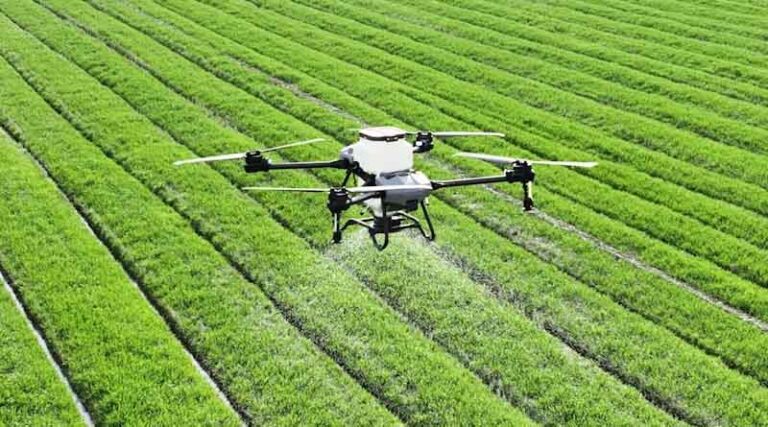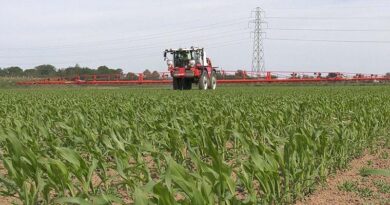
China’s Agricultural Drones Cover 173 Million Hectares, Driving Global Adoption
28 August 2025, China: As of June 2025, more than 500,000 agricultural drones have been deployed worldwide, saving an estimated 330 million metric tons of water and reducing carbon emissions by about 42.6 million tons. A new industry white paper outlines development trends, technological applications, and regulatory changes shaping this sector.
In China, agricultural drones completed work covering more than 173 million hectares in 2024, generating a market value of around US$1.8 billion and creating employment opportunities for nearly half a million people. The study highlights the role of women and youth in this transformation, noting that over 12,000 female operators took part in plant protection activities and more young people are returning to rural areas to start businesses in the sector.
Applications are expanding rapidly beyond crop spraying to include transportation, sowing, fertilization, and crop monitoring. In Hubei province, drones were used to transport 85 kilograms of oranges in just two minutes. A dispatch system in Yunnan province reduced banana transportation losses from 30 per cent to less than 5 per cent, while in Sichuan province drones are now used to carry bamboo across mountainous terrain.
Drones are increasingly used throughout the growing season. In cornfields in Inner Mongolia, drone-based weeding and crop management raised yields by more than 10 per cent, according to the report.
Policy frameworks are also adapting. In China, new regulations have been introduced to support drone operations, with agricultural drones recognized as a strategic component of the low-altitude economy. The 2025 No. 1 Central Document included low-altitude technology alongside artificial intelligence and big data for the first time.
Globally, regulatory environments are also evolving. Brazil’s civil aviation authority has simplified drone registration, the European Union adopted international spraying standards, the United States Federal Aviation Administration expanded its exemption list to include some new models, and Australia issued guidelines allowing more flexible drone use on private farmland.
Industry representatives emphasize that regulations will need further refinement. Current rules, such as limits on maximum flight altitude, may need adjustments to better match the scale and diversity of agricultural drone applications worldwide.
Also Read: Possible Decline in Wheat Production in India, Says Agriculture Minister
📢 If You’re in Agriculture, Make Sure the Right People Hear Your Story.
From product launches to strategic announcements, Global Agriculture offers unmatched visibility across international agri-business markets. Connect with us at pr@global-agriculture.com to explore editorial and advertising opportunities that reach the right audience, worldwide.






